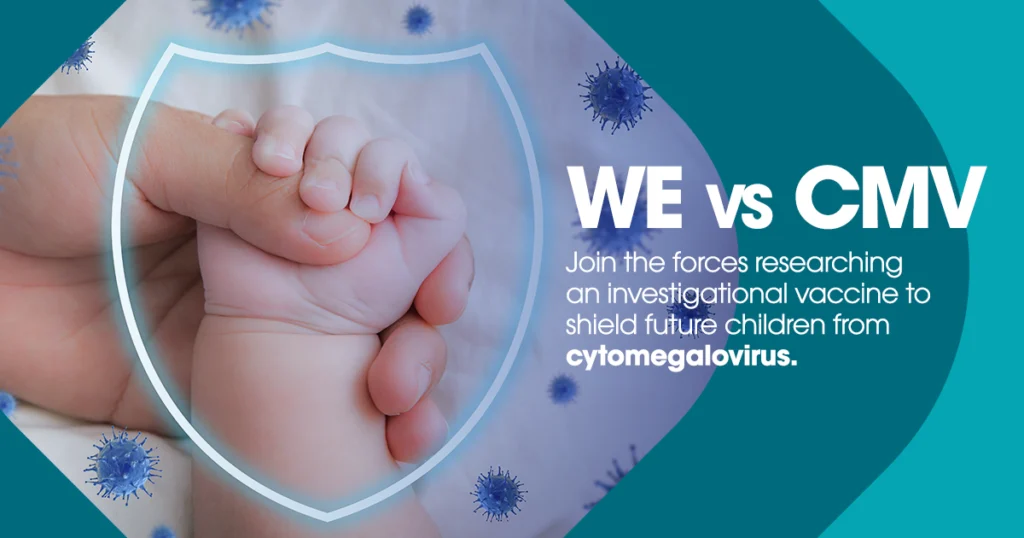One pathogen stands out from all the other viruses that can affect human health. It is prevalent and can remain inactive in our bodies. Its ability to do this is remarkable. Cytomegalovirus (CMV), a member of the herpesvirus family, affects millions worldwide, often without causing noticeable symptoms.
This blog will explore CMV. We’ll look at whom it affects, how it is transmitted, and its fascinating mechanisms of infection.
What is Cytomegalovirus?
Cytomegalovirus, commonly called CMV, is a universal virus that infects people of all ages. It belongs to the herpesvirus family, including viruses causing cold sores, chickenpox, and infectious mononucleosis (Epstein-Barr). CMV is characterized by its ability to establish lifelong inactivity within the human body after initial infection.
Whom Does CMV Affect?
CMV can affect individuals across all age groups, but the impact varies significantly depending on the person’s immune status. Primary CMV infection often goes unnoticed in healthy individuals with a robust immune system or causes mild flu-like symptoms. However, CMV can pose severe risks to specific populations:
Pregnant Women: CMV is a leading cause of congenital viral infections worldwide. Suppose a woman acquires a primary CMV infection during pregnancy. In that case, the virus can be transmitted to the fetus through the placenta. This can potentially lead to severe complications, such as hearing loss, developmental delays, and vision impairment.
Newborns: Infants can acquire CMV through breast milk or during delivery if the mother has an active CMV infection. Congenital CMV infection in newborns can result in significant health problems, including hearing loss, intellectual disabilities, and developmental delays.
Immunocompromised individuals are at a higher risk of CMV-related complications. This includes people with HIV/AIDS, organ transplant recipients, or those undergoing chemotherapy. In these cases, the virus can reactivate from its latent state, causing severe illness, including pneumonia, hepatitis, and retinitis (retina inflammation).

Transmission and Prevention:
CMV spreads through various bodily fluids, including saliva, urine, blood, semen, vaginal secretions, and breast milk. Common routes of transmission include:
- Close Contact: CMV can be transmitted through close personal contact, such as kissing, sexual intercourse, or sharing utensils.
- Vertical Transmission: CMV can be passed from a pregnant woman to her fetus during pregnancy or childbirth.
- Blood Transfusions and Organ Transplants: Blood and organ transplants can transmit CMV. This occurs when infected blood is transfused or when an infected donor provides an organ transplant.
Preventing CMV transmission is challenging since the virus is widespread and easily transmitted. However, certain precautions can help reduce the risk:
- Frequent Handwashing: Regular handwashing, especially after contact with bodily fluids, can help reduce the risk of CMV transmission.
- Avoiding Saliva Sharing: Avoid sharing utensils, toothbrushes, or drinking glasses, especially with young children.
- Safe Sexual Practices: Practicing safe sex, including using condoms, can reduce the risk of sexual transmission.
- Screening and Testing: Pregnant women can undergo CMV testing to determine their immune status and take necessary precautions.
What We’re Doing to Help
Cytomegalovirus, an often-silent intruder, can impact various populations, particularly pregnant women, newborns, and immunocompromised individuals. Understanding the transmission routes and adopting preventive measures is crucial, especially for pregnant women and those with weakened immune systems. Current vaccine studies at New England Research Associates aim to develop effective antivirals. Women 16 – 40 years of age who are in close contact with children may qualify for a research study. Qualified participants may see a study doctor at no cost, have access to study medications, and receive compensation for time and travel. Click here to find out if you qualify.
